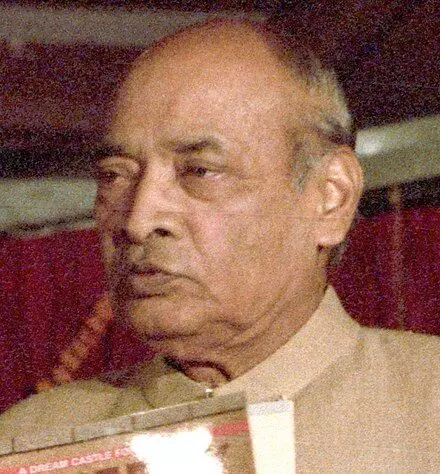Bharat Ratna Awardee PV Narasimha Rao: Journey from Retirement Plans to Prime Minister

Former Prime Minister P.V. Narasimha Rao, along with Chaudhary Charan Singh and agricultural scientist M.S. Swaminathan, will be posthumously awarded the Bharat Ratna, India's highest civilian award. The announcement was made by Prime Minister Narendra Modi on Twitter on Friday, February 9, 2024.
Rao's legacy as Prime Minister is marked by significant economic reforms that opened India to global markets, fostering a new era of economic development. His contributions to India's foreign policy, language, and education sectors also highlight his multifaceted leadership.
However, just a year before becoming Prime Minister, Rao was on the verge of leaving politics altogether. He had prepared for retirement, packing his belongings and even considering becoming a monk.
So, what changed? How did Rao become Congress President and, ultimately, Prime Minister?
In 1990, whispers about a potential transition to a younger Congress cabinet after the next elections reached Rao's ears. This resonated with his own desire to step away from politics after eight consecutive election victories. He was 69 years old and weary of the political grind.
Rao's plans were shattered in May 1991 when Rajiv Gandhi was assassinated. This tragedy dramatically altered his political trajectory.
Just hours after learning of Rajiv's death, Rao arrived at 10 Janpath for the funeral. There, senior Congress leader Pranab Mukherjee approached him, suggesting that Rao become the next Congress President. While Rao was initially hesitant, he ultimately accepted the nomination.
Several other leaders, including Arjun Singh, N.D. Tiwari, Sharad Pawar, and Madhav Rao Scindia, also aspired for the position. Sonia Gandhi, entrusted with choosing the successor, had a complex decision to make.
Why Rao became the choice:
Rao's candidature was bolstered by several factors, he held extensive experience as a Chief Minister, party General Secretary, and Union Minister across various crucial portfolios.He lacked enemies within the party and could potentially unite it.President R. Venkataraman backed him, and Kerala's K. Karunakaran played a crucial role in garnering support from South Indian MPs.
On May 29, 1991, Rao was elected Congress President. The following month, the party's electoral comeback led to him becoming Prime Minister, marking a remarkable turnaround from his planned retirement.
News Input- Indian Express
